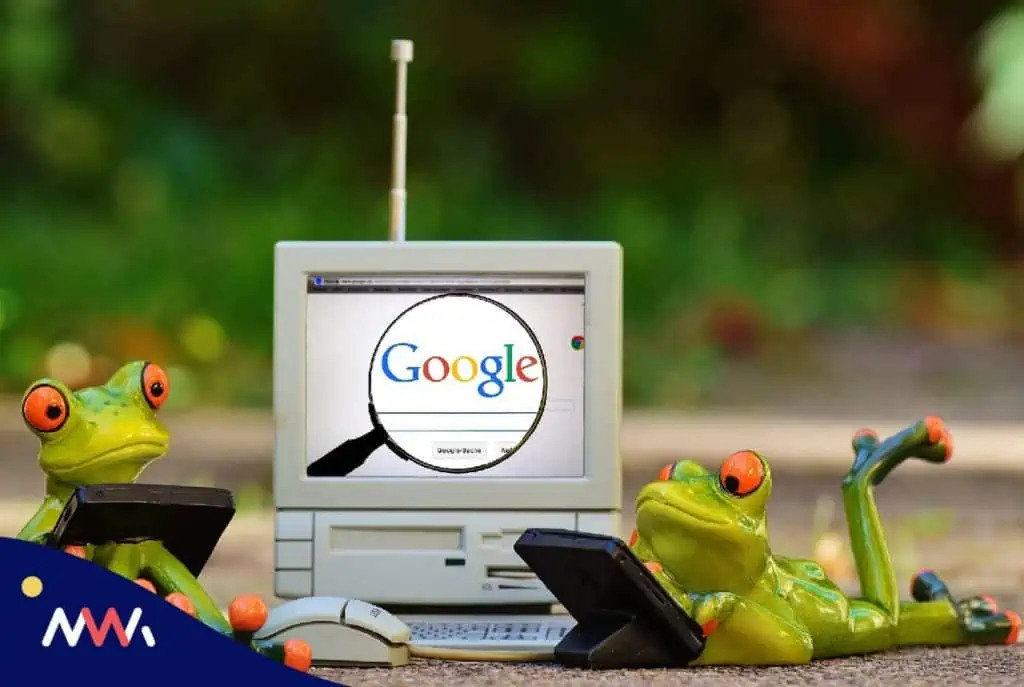In an ideal world, defining “duplicate content” would be easy.
After all, we know that content means anything published online, and that duplicate refers to a copy of that content. Unfortunately, this is not an ideal world — this is the world of SEO, and things tend to get a bit complex here.
Before we begin, let’s get something out of the way.
Lifting sections of content from one location and publishing it somewhere else will always constitute duplication, even if you published the original content yourself.
If you have any content on your website that meets these criteria, you need to get rid of it immediately, as this could land your page with a penalty. Penalties may include a harmed search engine ranking or even full black-listing from Google’s results pages.
But what about content that is simply similar to other content found on your site or elsewhere online? Is this duplicate content too?
Duplicate content doesn’t necessarily mean an exact match
One of the major dangers when it comes to duplicate content is locally-specific pages. Local SEO is a crucial aspect of promoting your business, but it can often land business owners and site administrators in trouble.
Let’s say you operate a printing service in Sydney and Brisbane, and your website contains a “Printing Services Sydney” and a “Printing Services Brisbane” page. These pages are not copies because they relate to two different locations — there is no Sydney-related content on your Brisbane page, for example — but could they be duplicate?
In short, yes.
Google defines duplicate content as “substantive blocks of content within or across domains that either completely match other content or are appreciably similar”.
So, if your website talks about “offering professional quality printing services to customers and clients across Brisbane” on one page, and about “offering professional quality printing services to clients and customers in Sydney” on another, you are at risk of a penalty.
This is despite slight changes to word order, word choice, and location.
Getting creative to avoid duplication
This makes life difficult for businesses. After all, your printing services are the same, just spread between two locations, and so the messaging to your clients should be identical too.
In these cases, content producers need to get creative, delivering the same messaging with the same impact to two sets of clients, without duplication. One way to get around this is to demonstrate your local knowledge with highly specific localised content, perhaps referring to events or geographical locations that are unique to these areas.
The above example is just one instance of potential content duplication. There are other chances for duplicate content to slip through the net, which is why your content audit needs to be extra precise and methodical. You are not looking simply for 100% copies across different pages — you are looking for content that is, in Google’s words, appreciably similar.
As with many elements of SEO, this is not always easy to spot, but it is worth the effort.



